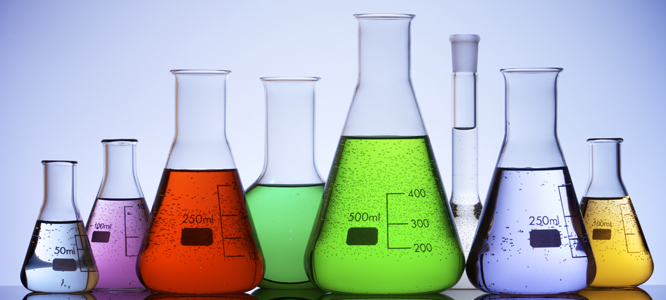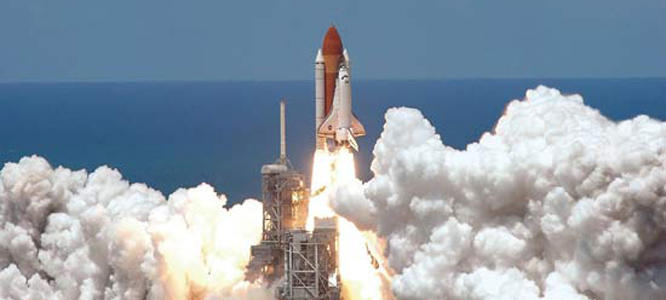In most standard chemistry lessons, a teacher walks in and says, "Now I will demonstrate the insolubility of barium sulfate by mixing equal volumes of zero point one molar barium chloride and zero point one molar sodium sulfate and observe what happens." Anyone still awake? In this unit, you'll be mixing up things that bubble, ooze, slither, spit, change color, crystallize, and fizz. (I think there's even one that belches.) And rather than announcing things in a dull and boring fashion, I'm just going to outline the steps and ask YOU to notice any and all changes, no matter how strange or weird. Or small. Even a tiny temperature difference can indicate something big is about to happen.
Is this chemistry course for you?
Watch the video below to make sure this unit is the right one for you! We have several different options, and we want to be sure you're in the right place!
A Note about Safety
A lot of folks get nervous around chemistry. You can't always 'see' what's going on (are there toxic gases generated from that reaction?), and many people have a certain level of fear around chemicals in general. Dr. Walker, a professor of physics at Cleveland State University (and the editor of Scientific American), states that"The way to capture a student's attention is with a demonstration where there is a possibility that the teacher may die." I don't want you dipping your hands in molten lead or lying on a bed of nails while someone with a sledgehammer breaks a cinder block on your stomach. (It turns out that Dr. Walker has been injured multiple times, mostly through accidents.)
I strongly disagree with his approach - demonstrations of this kind that result in injury are the ones forever burned in the memory of the audience, who are now fearful and have made the generalization that chemicals are dangerous and their effects are bad. In fact, every chemical is potentially harmful if not handled properly. That is why I've prepared a special set of chemistry experiments that include step-by-step demonstrations on how to properly handle the chemicals, use them in the experiment, and dispose of them when you're finished.
Chemistry is predictable, just as dropping a ball from a height always hits the floor. Every time you add 1 teaspoon of baking soda to 1 cup of vinegar, you get the same reaction. It doesn't simply stop working one time and explode the next. I'm going to walk you through every step of the way, and leave you to observe the reactions and write down what you notice. At first, it's going to seem like a lot of disjointed ideas floating around, but after awhile, you'll start to see patterns in the way chemicals interact with each other. It's just like anything else that you try for the first time - you're not very good when you're new at it. Keep working at Chemistry and eventually it will click into place. And if there's an experiment you don't want to do, just skip it (or just watch the video).
One of the best things you can do with this unit is to take notes in a journal as you go. Snap photos of yourself doing the actual experiment and paste them in alongside your drawing of your experimental setup. This is the same way scientists document their own findings, and it's a lot of fun to look back at the splattered pages later on and see how far you've come. I always jot down my questions that didn't get answered with the experiment across the top of the page so I can research it more later. Are you ready to get started?



